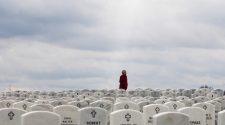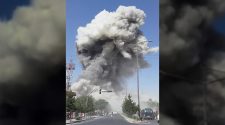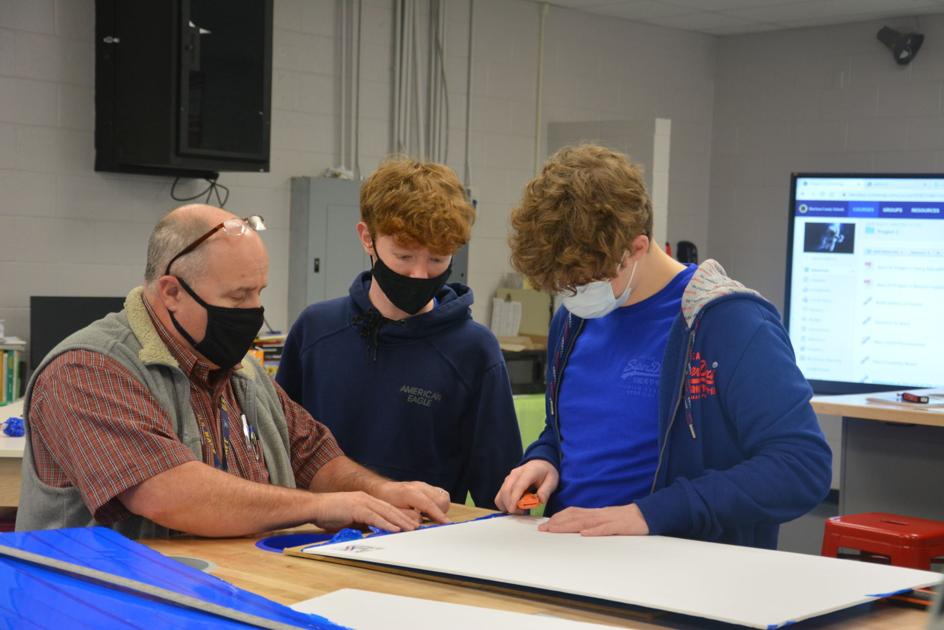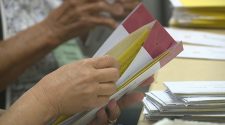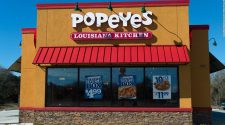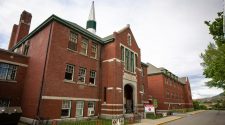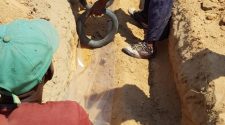Raphael “Rafe” Snell, instructor for the academy, said students have learned technical writing, science, math and engineering components in the program since it was introduced at the start of the 2019-20 school year.
“This class has an emphasis on aviation but is really about problem-solving from an engineering design standpoint: Taking and looking at a problem and trying to find as many possible solutions for that problem before ultimately building and testing a prototype to see how successful you were or were not at solving the problem,” Snell said. “If (students) get the problem right the first time, great. But if you didn’t, they determine the factors that would help them become successful.
“I think that’s the ultimate goal of this program: To expose students to the diverse career opportunities in aviation, as well as underpinning the idea of learning how to solve problems from multiple and different perspectives.”
The academy is open to ninth- through 12th-grade students across Harrison County, with eight currently enrolled in the Aerospace II, III and IV classes.
“I think the program is going well,” Snell said. “I think there would have been a lot of folks filling the classroom this year that opted not to take the next-level course since it is a Makerspace. Makerspaces are very dependent upon being in the space, and with the COVID-19 restrictions, it’s been a real struggle to try and keep the students in a position, but I think we’re on a really good path.”
For example, since the pandemic and subsequent restrictions were sudden, Snell built the remote-controlled airplanes for second-level students based on their schematics after student virtual construction meetings, then tested the airplanes, rockets and ballistic projectiles with assistance from other Bridgeport High School teachers and staff.
Now that students are back to in-person learning, Bridgeport High School sophomores Parker Vincent and Cameron Jones were excited to get their airplanes underway — starting with a foam wing cut and design.
“You take a piece of foam board and fold it back upon itself. You use one board but make one tiny cut before folding the wing over itself to create the wing for you,” Jones explained.
Neither said they had higher math or science before enrolling in the Academy of Aviation Technology, but Jones attended a summer engineering camp at WVU for four years.
Jones said he envisions himself using the skills he is learning in an aerospace field after graduation. Vincent said he is having a lot of fun despite the varied curriculum.
Each project test during the last calendar year was recorded so that students could make adjustments.
“I didn’t do anything that wasn’t from their direction to begin with,” Snell said. “That worked with several projects across the board. It was as close to (students’) building and testing materials as I possibly could, given the restrictions that we were working with.
“At the end of this (school) year, we’ll have taught all four courses and should be on target to continue to teach all four courses every year from now on. Hopefully, we’ll build enough students needing to complete all four courses in order to complete the program.”
Courses I and II are designed to prepare students interested in pursuing the technical education necessary to earn FFA Airframe and Powerplant Certification. Students work with 3-D printers, laser cutters, stress machines and wind tunnels (the latter two to test elasticity and plasticity) as they build and design their projects.
Courses III and IV focus on piloting and engineering.
Bridgeport High School junior Nic Merritt took the first course last fall; this semester, he is piloting a simulator to such places as Memphis, Tennessee, and Charlotte, North Carolina. He was influenced to enroll by his father, who works in air traffic control.
Merritt said his first attempt at piloting the simulator ended in a crash, but now he’s better at it.
Snell, a former Options Pathway teacher for five years at United High School in Gore, said the Academy of Aviation Technology is a special program.
“It’s really exciting — every class is different, and there are things you learn differently in every project,” Snell said. “This isn’t a class where I stand in front and lecture, tell them all the information. This is a class where I give them some starting points, and they do a great deal of research to try and solve these problems without a lot of teacher input so that they aren’t replicating my ideas but creating their own understanding and testing their own ideas.”
Eric Chen, a Bridgeport High School sophomore, was excited to learn more about the engineering aspects of the class. This semester is his second after taking the first course during the fall semester, but he is already considering a career in engineering or aviation.
Donna Hage, Harrison County Schools assistant superintendent, visited the aviation classroom and Makerspace earlier this month. She said nearly 70 students from Bridgeport, Lincoln, Liberty and Robert C. Byrd high schools have enrolled in the program since September 2019.
“We are particularly pleased with this CTE program of study because it offers a variety of opportunities for students who are at different levels of interest in the aviation field in their future. Whether the student seeks a future as a pilot, mechanic, aerospace engineer, inspector or a variety of other roles, this program of study offers foundational, hands-on exploration of a number of areas in the field,” Hage said.
“Most importantly, the students are exposed to industry experts locally in a variety of areas of aerospace in order to help them visualize their future in the industry,” she said. “Harrison County Schools is blessed to be able to be a part of this collaboration in creating this pipeline of students for the industry that creates so many jobs in our area particularly.”
Snell has collaborations underway with local business and industry in aerospace and aviation, including Girls in Aviation Day and a Chuck Yeager Aviation Day Flight Competition that he has planned, as well as a “make and take” remote control aircraft project, sponsored by local businesses, for students who want to create an aircraft.
The school district’s Aerospace Advisory Committee, chaired by Mid-Atlantic Aerospace Complex President Tracy Miller and Dr. Brad Gilbert, meets each semester to review the program’s successes and to advance further opportunities for collaboration with the aerospace industries in the area.
Since the completer program began, dual-credit opportunities through Marshall University, apprentice programs, job shadowing and internships have become available, as well.
Staff Writer Jonathan Weaver can be reached at (304) 626-1446 or [email protected]. Follow me on Twitter @jweaver_theet




